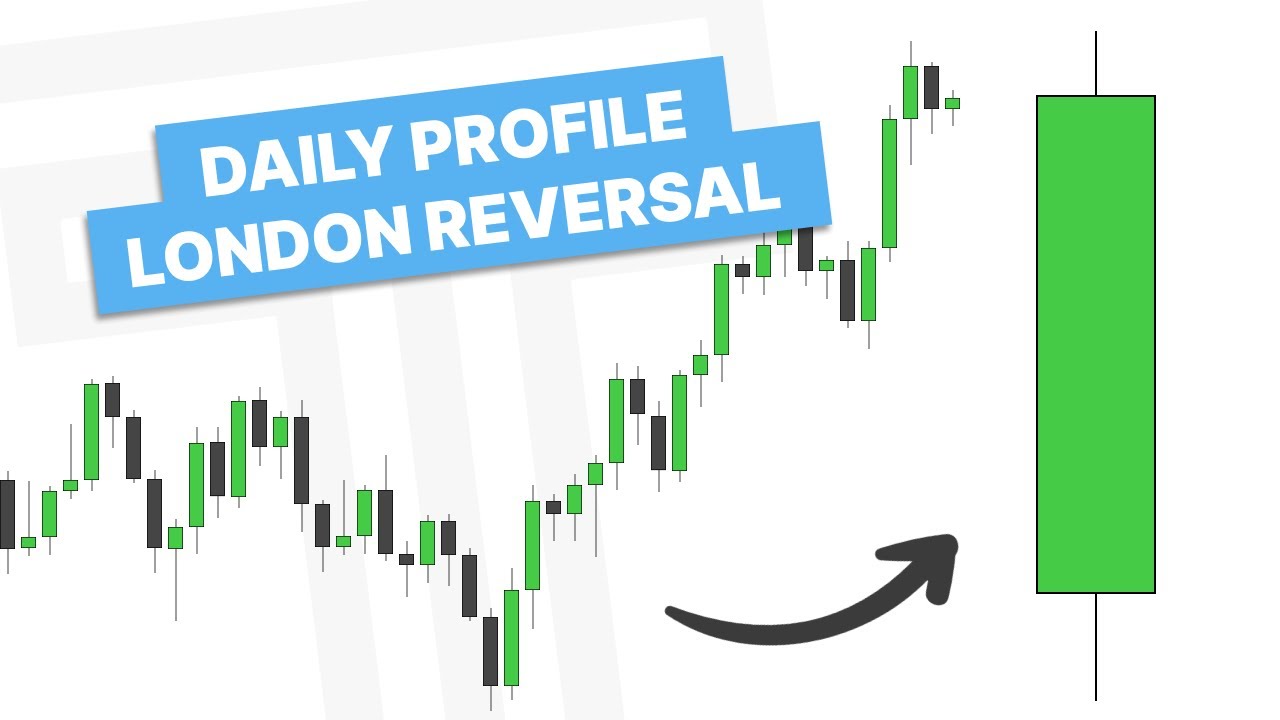How to Master Market Structure (Basic to Advanced)
Summary
TLDRThis video details a structured approach to trading, focusing on a bearish strategy during the New York session. The trader highlights the importance of identifying liquidity zones, recognizing structural shifts, and confirming trends through multiple time frames. Key concepts like order flow, supply and demand imbalances, and risk-to-reward ratios are emphasized. The trader explains how to manage trades by aligning entry with liquidity sweeps and fair value gaps, while also stressing the psychological aspects crucial for consistent profitability. The video offers valuable insights for traders aiming to refine their strategies and boost success.
Takeaways
- 😀 The trader enters the New York session with a bearish bias, looking for short opportunities in the market.
- 😀 Liquidity zones, such as equal highs, are crucial for identifying potential reversal points in the market.
- 😀 Confirmation of a bearish trend is required before entering short positions, and this is achieved by analyzing the one-minute structure.
- 😀 The one-minute time frame is used to spot shifts in structure from bullish to bearish, confirming a change in order flow.
- 😀 A sweep of liquidity, such as breaking through equal highs, can signal a potential reversal, especially when combined with fair value gaps.
- 😀 Imbalances in price delivery, such as fair value gaps, are key areas to watch for potential entries, as they may rebalance during a trade.
- 😀 The trader emphasizes that a stop loss should be placed above the most recent high to protect against invalidation of the bearish thesis.
- 😀 Targets for the short positions are set based on the overall bearish trend in the 15-minute time frame, aiming for swing lows.
- 😀 The importance of understanding order flow is highlighted: buying and selling pressures determine price movements in the market.
- 😀 Mental and strategic discipline is emphasized, noting that becoming a consistently profitable trader requires more than just following a strategy.
Q & A
What is the main trading strategy discussed in the video?
-The strategy focuses on trading with the trend, specifically looking for bearish setups when the market is in a downtrend. The trader waits for confirmation on the one-minute chart, ensuring the structure shifts to bearish before entering short positions.
How does the trader identify areas of interest for potential trades?
-The trader looks for liquidity zones, such as equal highs formed during the London session, as well as fair value gaps and old price inefficiencies. These areas often serve as reversal points, providing additional confluence for trade entries.
What role does market structure play in this trading strategy?
-Market structure is key to identifying the trend direction. The trader uses a combination of higher highs and higher lows to identify a bullish structure on the one-minute chart, then looks for a shift to bearish structure before confirming a trade.
What is the significance of volume in the trader's analysis?
-The trader distinguishes between balanced and imbalanced volume. In imbalanced volume, there are significantly more buying or selling orders on one side, which can cause price to move. A consolidation of equal buy and sell orders may result in no price movement.
Why does the trader emphasize waiting for confirmation before entering a trade?
-Confirmation is essential because the system is pro-trend. Even though price may show bullish moves in the short term, the trader needs to wait for the one-minute chart to shift to a bearish structure, aligning with the overall bearish trend.
What is the role of fair value gaps in the trader's strategy?
-Fair value gaps represent price inefficiencies, where the market has moved too quickly without proper rebalancing. These gaps serve as potential entry points for trades, as the price is likely to revisit these areas to rebalance.
How is the stop-loss determined in this strategy?
-The stop-loss is placed above the high that would invalidate the bearish trade. If the price reaches this level, it signals a shift back to a bullish trend, and the trader exits the position.
What is the target for the trade in this strategy?
-The target is based on the 15-minute chart's swing low, with the expectation that the price will follow the prevailing bearish trend. The risk-to-reward ratio is expected to be 1:6.
Why is understanding the market's order flow crucial in this strategy?
-Understanding order flow helps the trader align with the strongest force in the market, whether it be buyers or sellers. The strategy is based on following the dominant order flow, which is indicated by shifts in market structure.
What psychological factors are more important than trading strategy, according to the video?
-The trader emphasizes that consistency and profitability in trading require more than just strategy. Mental discipline, emotional control, and the ability to manage risk are critical factors for success in trading.
Outlines

Cette section est réservée aux utilisateurs payants. Améliorez votre compte pour accéder à cette section.
Améliorer maintenantMindmap

Cette section est réservée aux utilisateurs payants. Améliorez votre compte pour accéder à cette section.
Améliorer maintenantKeywords

Cette section est réservée aux utilisateurs payants. Améliorez votre compte pour accéder à cette section.
Améliorer maintenantHighlights

Cette section est réservée aux utilisateurs payants. Améliorez votre compte pour accéder à cette section.
Améliorer maintenantTranscripts

Cette section est réservée aux utilisateurs payants. Améliorez votre compte pour accéder à cette section.
Améliorer maintenantVoir Plus de Vidéos Connexes

How To Make +$2k Daily Trading Gold: Trading Strategy & Breakdown

20 Pips A Day Using ICT Asian Killzone Strategy (BETTER THAN SILVER BULLET)

Why Your POIs Are FAILING In 2025 (Supply & Demand Updated Guide)

I make a living trading Price Action, here’s how.

Dumb Money Concept - Full Chart Breakdown

ICT Daily Profile - London Reversal / New York Continuation
5.0 / 5 (0 votes)
